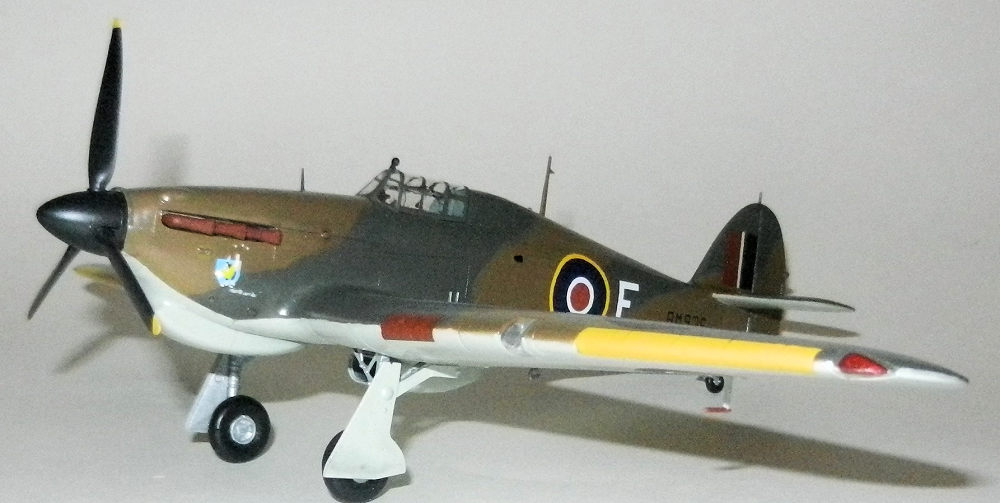
Hasegawa 1/48 Hurricane IIB
| KIT #: | 09066 |
| PRICE: | $ |
| DECALS: | One option |
| REVIEWER: | Pablo Calcaterra |
| NOTES: | Condor Decals “Argentinos en la RAF”, Eduard pre painted seat belts (49006), Falcon vacuum formed canopy |

| HISTORY |
There were almost 1,000 Argentine volunteers that joined the Allied air forces during World War II. Most of them were descendants of British people living in Argentina (i.e. working in the Great Southern Railways) and thus their names are, no doubt about it, British. But there are many other volunteers that have Spanish names and yet joined the RAF, RCAF and RN. They flew in every theater of operations and flew practically all the planes available (from bombers to fighters to transport to trainers). A few of them remained in Europe but most returned to Argentina after the war.
Ian “Naña” Adamson was born in Córdoba, Argentina on January 19 1920. His grand dad was Scottish. Forced to work due to the loss of his parents when he was 14 his life became really hard but that did not prevent him from enjoying playing rugby. In 1940 he was working at the famous beef processor Swift in Rosario, Santa Fe Province when along with other friends (including Francis “Bun” Keene who later become a Blenheim pilot) he decided to volunteer at the British Consulate.
With hindsight he had already got a passport but he also required a letter authorizing him to join. Therefore he travelled to Córdoba distant almost 400 km to try to get his elder brother to sign it. But he was denied his permission and then he tried his attorney, followed by a Magistrate...all of them denying him the so needed letter. Finally, back in Rosario and empty handed he got a friend from work to help by getting a Police Chief to sign the letter.
With all the documents he needed he travelled to Buenos Aires (another 300 km) and visited the Consulate where a Colonel who had served in India asked Naña which one of the 2 British schools in Buenos Aires he had attended (St Alban's or St George's)...but because his answer was the Colegio Nacional de Córdoba (not a prestigious British school) he was automatically qualified for the Army and denied a chance to join the Royal Air Force. Maddened by the prejudice of the Colonel Ian went to see an old friend of his (Tommy Evans) who tore the file apart and told him that now he was good material for the Air Force.
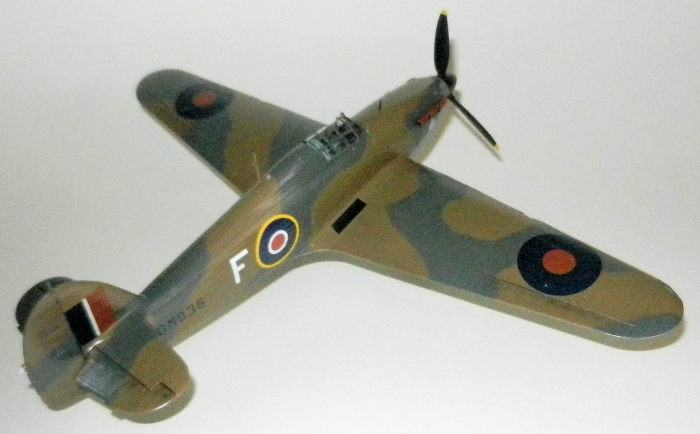 Forty
volunteers (including Pancho Le Bas who flew Malta Spitfires and Ian's brother
Thomas who died in a flying accident during training in Canada) left Buenos
Aires on August 28th
1940 on board of SS Highland Brigade.
Forty
volunteers (including Pancho Le Bas who flew Malta Spitfires and Ian's brother
Thomas who died in a flying accident during training in Canada) left Buenos
Aires on August 28th
1940 on board of SS Highland Brigade.
In Canada his instruction took place at No. 13 Elementary Flying Training School (EFTS) St. Eugène, Ontario (close to the border with Quebec and almost by the Ottawa River). Once this was passed his training continued at OTU 52 in England.
He arrived as a Sergeant Pilot to his first (and practically only!) assignment at the end of September 1941: the newly re-formed 136 Sqn (an event that happened on August 20 1941 at Kirton in Lindsey) led by Sqn Ldr T.A.F Elsdon, DFC. The Squadron was a mixed bunch of young guys from all over the world (New Zealand, Australia, Scotland, England, Rhodesia, Canada and even a pilot with Bolivian parents (Dizzy Mendizabal)). Shortly afterwards the Squadron suffered the first casualty in a training accident.
In order to build the Squadron Spirit du Corps Sqn Ldr Eldson took his guys to several bars every night. During one of those excursions he started to sing a song along with two of his Kiwi pilots which became to origin of the name of the Squadron. At the tune of Dixie it started:
“Oh I put my finger in a Woodpeckers Hole
And the Woodpecker said “God bless my soul
Take it out, take it out, take it out,
Reeeeeemove it!”
So I took my finger from the Woodpeckers's Hole
And the Woodpecker said “God bless my soul,
Put it back, put it back, put it back,
Reeeeeplace it!......Ahhhh!”
Thus the Woodpeckers were born. And to go along with their new war song and call sign a very aggressive Woodpecker was designed by no other than Ian who proceeded to paint it on every plane, vehicle of the Squadron...even pins and beer mugs were adorned with the resolute bird!
After rumours about a trip to the USSR it was finally discovered that the Squadron was going to go to reinforce the weak assets of the RAF in the Far East along with 232, 17 and 135 Squadrons. They left by ship in November 1941 via a long route around Africa.
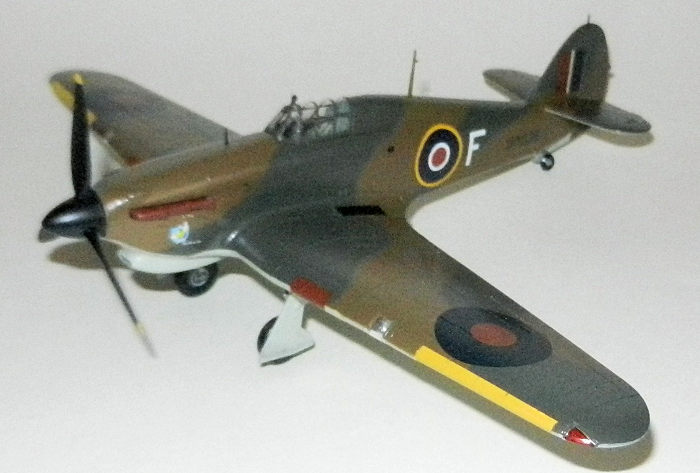 Half of the Squadron was used to ferry their Hurricanes
and the others went straight to Burma to form a Wing of 4 Squadrons. As we know
it proved to be too little, too late. The first three planes arrived in
Mingaladon on January 23 1942, the rest arriving in small groups during the
month.
Half of the Squadron was used to ferry their Hurricanes
and the others went straight to Burma to form a Wing of 4 Squadrons. As we know
it proved to be too little, too late. The first three planes arrived in
Mingaladon on January 23 1942, the rest arriving in small groups during the
month.
As 136 Sqn had no ground support the pilots and planes were attached to 17 Sqn. Some victories were scored against the numerical superiority of the Japanese. Sqn Ldr. Frank Carey was promoted to Wing Leader early February and Barry Sutton, B Flight Commander, now became the new CO for 136 Sqn.
While they retreated from Rangoon the Hurricanes of 136 Sqn continued to support Blenheims that were harassing the unrelenting advance of the Japanese Army.
After the massive and successful attacks on Magwe all the other Squadrons passed their remaining Hurricanes to 136 Sqn and retreated from Burma. Only the Woodpeckers were left to fight on. On March 23rd they were badly treated by the Japanese fighters during another attack on their base. After this day the pilots evacuated the last remaining Hurricanes to Ceylon and the ground and aircrew departed by ship.
On March 12 1942 we find Ian Adamson again, who had been left behind in Northern India along with other pilots while some of the Woodpeckers were taking on the Japanese in Burma. As Japanese flying boats had been reported and Blenheims took off to attack the enemy fleet that was expected any moment Ian Adamson and a fellow Squadron member took off to patrol over Colombo harbor. When speeding down the runway a Blenheim coming down to land on one engine was making her approach face on. Gordon (the other pilot) managed to take off but Adamson’s tail wheel struck the wing of the bomber. The Blenheim spun around shedding the landing gear while “Naña”’s plane crashed on the far end of the runway. With a broken nose and blood from a cut to his forehead Adamson scrambled out of the plane. While lying over the wing the front gas tank exploded and smashed the instrument panel against the armoured seat. And then the oxygen tank exploded sending flames and metal forward. Had Naña stayed in his plane he would have been completely squeezed between the panel and the seat, thus becoming “strawberry jam”. At the moment the ammo in the wings started to go off help arrived and Ian was taken to a hospital. On his way there he complained about being too hot and asked his shoes to be removed…which was done permanently as they were never reunited with him again. Similar treatment was given to his socks!
His friends visited him in hospital promising to come again the following day but on the 13th 136 Sqn was moved to RAF Asansol. A couple of days later with double vision that worked “normal” if he closed one eye and fearing that he was going to be diagnosed with concussion he walked away from the hospital. A tea planter was enjoying the early evening whisky when he saw his friend Ian approaching, all bandaged and such. He helped him (after a whisky) to the train station where Adamson was met with indifference when he requested the Railway Transportation Officer the permit to travel to rejoin his mates now in Calcutta. After insisting for minutes the Officer looked up from his busy papers to find the Argentine with parachute and belongings under one arm, cap under the other, half the hair gone (sporting a gash) and a bandage on his nose. Thus he decided to give him the papers and 4 days later, after travelling with an empty stomach for 2 days, Ian Adamson arrived where he though most likely his friends would be: The Grand Hotel. Surely they were there! And a few days earlier the recently escaped from Java “Dizzy” Mendizabal (from Bolivian family) had arrived thus the Woodpeckers were together for the first time in many months.
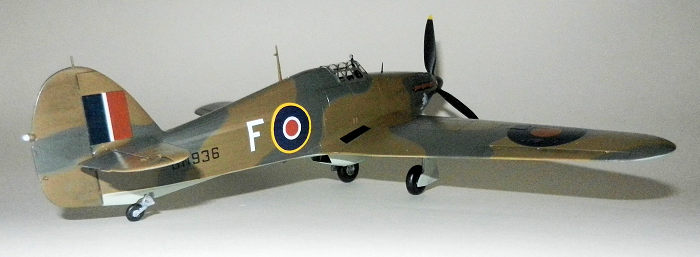 While in Alipore new Hurricanes arrived but little tools.
Their cars and trucks could be “lost” in town so it was decided to paint
something that would easily identify them as property of 136 Sqn. Ian was given
the task to design a Squadron emblem and he painted every truck, car, bike and
of course Hurricane with his very aggressive Woodpecker in RAF uniform.
While in Alipore new Hurricanes arrived but little tools.
Their cars and trucks could be “lost” in town so it was decided to paint
something that would easily identify them as property of 136 Sqn. Ian was given
the task to design a Squadron emblem and he painted every truck, car, bike and
of course Hurricane with his very aggressive Woodpecker in RAF uniform.
At the same time a new magazine (Oasis) was started and it was meant to record their life in the area. Ian was a regular contributor using his artistic skills.
One night, and when the pilots were going to sleep after having fun in one of their favourite bars they spotted some Morse code flashed across the street. Connie, Ian, Guy and Kit rushed outside and silently climbed the stairs guns in hand. When they arrived at the scene they caught some Bengalis by surprise. There was a powerful Morse code lamp and several open books. They claim innocence but were arrested and indicted of treason.
Tropical storms made it impossible to move the squadron to Chittagong. The Hurricane flown by Hamish Wethereall developed a Glycol leak and when the pilot tried to return hurriedly to the base it spun into the ground killing him instantly. During the funeral Ian was met by Padre Buchannan, who had been an acquaintance during the days in Argentina (1933). From that day on the Scot Buchannan and his wife received Ian home as their own son.
In June, in order to be closer to Calcutta and also reinforce the moral of the population 136 Sqn was transferred to the Red Road, a long straight avenue that was barely wider than the wingspan of their Hurricanes. Taking off and landing among buildings was an adventure but only a few incidents happened.
Towards the end of the year the Squadron was moved to Dum-Dum that was properly prepared to service fighter planes.
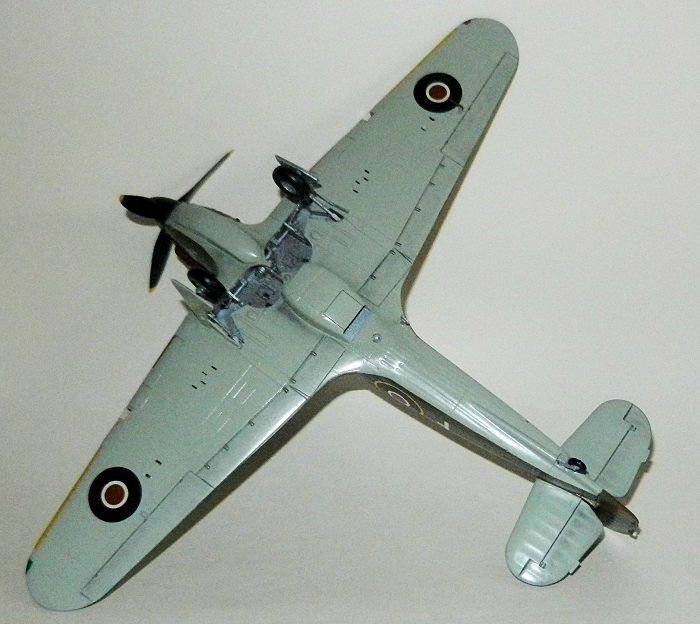 One day Ian while checking correspondence (his role) found
the letter of one of the fitter’s wife enquiring about things in India. Ian send
a message to his sister living in Scotland close to the groundcrew’s wife. A few
weeks later when checking his own Hurricane Ian was met by the fitter (George
Buchart) who was sporting a great smile. “Things cannot be better!” he said and
told Ian about the gifts and message that Ian’s sister had given to his wife.
From then on Ian’s HM-F seemed to run more smoothly than any other Hurricane in
the Squadron.
One day Ian while checking correspondence (his role) found
the letter of one of the fitter’s wife enquiring about things in India. Ian send
a message to his sister living in Scotland close to the groundcrew’s wife. A few
weeks later when checking his own Hurricane Ian was met by the fitter (George
Buchart) who was sporting a great smile. “Things cannot be better!” he said and
told Ian about the gifts and message that Ian’s sister had given to his wife.
From then on Ian’s HM-F seemed to run more smoothly than any other Hurricane in
the Squadron.
Ian did not like to wear goggles or gloves as he thought he could “feel” the plane better otherwise. When flying at 30,000 ft this was not a good idea! So he asked his sister to knit a sweater with a hood and some mittens that would leave only his thumbs out. Once day when pulling out the mitts he found that his sister had also knitted the words “Viaje Seguro” (Safe Journey).
On December 10 1942 did some flying practice having recently received Hurricanes IIB to replace their decrepit old mounts. Six pilots were ordered to scramble and thus Joe led Ian and 2 fellow Woodpeckers along with 2 x 135 Sqn Hurricanes to intercept the Japanese raid. The Hurricanes were surprised by the escorting Oscar fighters and the two 135 Sqn planes and pilots were lost. Ian watched an Oscar shooting down another 136 plane and was unable to come to the rescue.
Flying with Sqn Ldr. Ridley on December 29th (a strafing attack on Aykab) Ian was shocked to see his leader diving into the glassy looking ocean after jumping over an island in the early hours of the day. After searching for him for some minutes and when the red light indicating that his external tanks were empty Adamson flew on to Aykab which he found covered in fog. Overhead a gaggle of planes were orbiting…136 Sqn cover section. Indicating with a Thumbs Down that their leader had gone down they returned to base as it was impossible to find any trade in the fog.
1942 finished with 8 pilots dead in action and 2 more while posted away (including Dizzy Mendizabal in a flying accident).
Both sides exchanged attacks early 1943 with the Hurricanes being mostly on the losing end. On March 13th Ian’s good friend Freddie Pickard was shot down and killed by Oscars. On this day Freddie was flying Ian’s “F” and Ian was flying Freddie’s “G”. During the scramble from Ramu the Hurricane Ian was flying was hit by bomb splinters and he was hit in the ankle. Aborting his take-off he limped to an AA battery where he found a little Hindu boy bleeding in his nose having been hit by falling shrapnel. After both were taken to hospital (flooded with locals hurt during the bombing raid) and the offending piece of shrapnel was removed from his ankle Ian “discharged” himself by saluting the MO and exclaiming: “Sir, Flying Officer Adamson. I am discharging myself. Thank you very much Sir! Good afternoon”. He walked out, removed his boot and shouted in pain.
The Japanese forces bombed the RAF successfully many times and fighters interceptions went quite well when there were no Oscars present during the first Campaign of Arakan. Now 136 Sqn had cannon armed Hurricanes.
On May 22 1943 a raid was intercepted by the Woodpeckers.
Around 20 bombers escorted by a few Oscars were met. Brownie was leading the
Hurricanes down onto the bombers while ignoring the fighters that turned to face
the attack. Going at full speed Brownie blasted his bomber while Ian attacked
the one on the lead of the V. His guns turned open the side of the Japanese
plane through which Adamson was able to see most of the lights in the instrument
panel flashing red! Viv claimed another one and a new arrival to the squadron
clipped a 4th
one with the tip of his wing. Diving at full speed to avoid the Oscars it proved
very har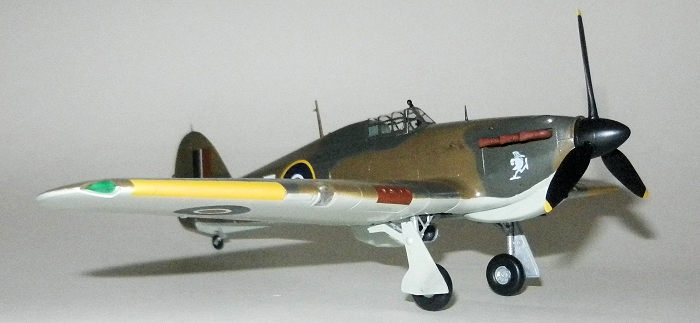 d to pull up so Ian was forced to put one foot on the instrument panel
in order to have enough leverage. He succeeded in doing so and returned to base
safely. Afterwards he was amazed to find the mark of his book so high on the
panel…and even though he tried he was never able to put his foot that high! The
base had received several bombs, one of which damaged a parcel containing silk
that Ian had bought for his sister (that made him furious).
d to pull up so Ian was forced to put one foot on the instrument panel
in order to have enough leverage. He succeeded in doing so and returned to base
safely. Afterwards he was amazed to find the mark of his book so high on the
panel…and even though he tried he was never able to put his foot that high! The
base had received several bombs, one of which damaged a parcel containing silk
that Ian had bought for his sister (that made him furious).
Another raid was successfully intercepted on the 29th showing that the air controllers were getting better at their job. When the 1st Arakan campaign finished 136 Sqn was sent to Baigichi to rest and recover. And there, later that year, they received their Spitfire Vs…Thus ending the Hurricane era for 136 Sqn.
I will deal with the Spitfires and 136 Sqn in another article.
| THE KIT |
This was the Hasegawa kit that we have loved building since it superseded the old and simple Airfix and Hobbycraft ones.
| CONSTRUCTION |
The interior comes together very easily and no fuss at all. It was painted in British Interior Green and I added some prepainted photoetched seat belts. Details were painted on the instrument panel and drops of Future were used on the face of the dials.
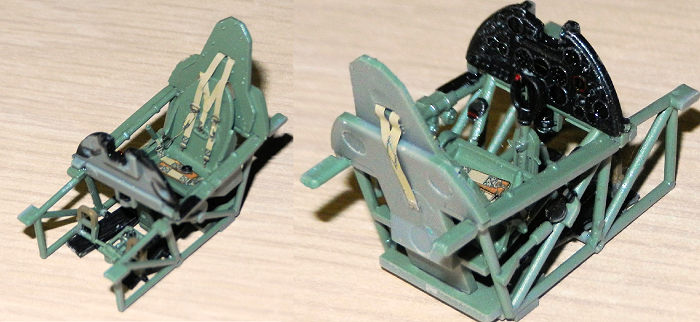 The fuselage
sides were glued together with little filler needed. Same goes for the wings and
the radiator (in which the screens were painted black and drybrushed with
aluminum).
The fuselage
sides were glued together with little filler needed. Same goes for the wings and
the radiator (in which the screens were painted black and drybrushed with
aluminum).
After a light coat of light grey to check for potential fixes the Hurricane was ready for painting (note how short is this review compared to many of my previous articles…Hase has done a great job and I had decided to build a kit almost straight out of the box for a change!)…but first the main landing gear was attached minus wheels and doors.
| COLORS & MARKINGS |
First applied yellow to the leading edges and these were covered with Tamiya tape. Then I painted the undersides using RAF Sky (Modelmaster 4840) and after masking it I applied Dark Brown (Modelmaster 4846) to the entire top surface followed by Dark Green (Modelmaster 4849) after masking the plane using Blue Tac. Sanded black pastels were applied with a brush around the exhausts and moveable surfaces plus some stains to the belly of the Hurricane.
Several layers of Future gave a smooth surface for the decals. A silver pen was used to “chip” some paint here and there.
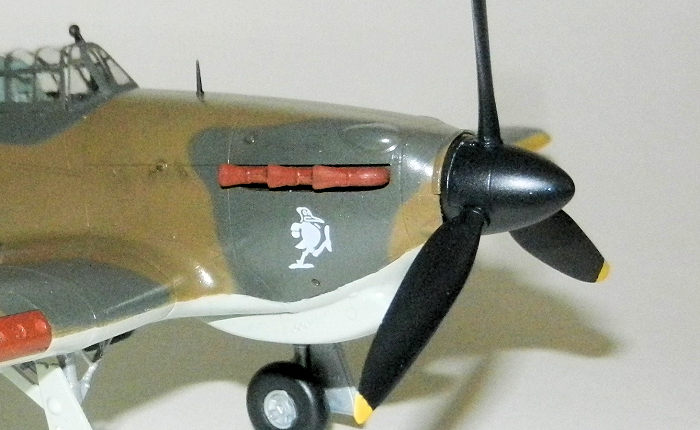 All decals
came from the kit, with the fuselage roundel coming from the spares and the F,
the woodpecker and Ian’s Patoruzu in the shield from Condor Decals’ set. Serial
numbers are from an old Carpena set. Pieces of red decal from the spares too
were used as dope for the machine guns ports. A coat of Model Master Acryl semi
gloss covered and protected the decals.
All decals
came from the kit, with the fuselage roundel coming from the spares and the F,
the woodpecker and Ian’s Patoruzu in the shield from Condor Decals’ set. Serial
numbers are from an old Carpena set. Pieces of red decal from the spares too
were used as dope for the machine guns ports. A coat of Model Master Acryl semi
gloss covered and protected the decals.
Everything went fast and fine after painting the Hurricane: I glued wheels and doors, tail wheel, propeller, gunsight with pad painted in brown, exhausts (painted in Model Master rust), navigation lights (wingtips using a layer of light grey, then silver and finally ModelMaster clear red and green with the position light on the tail in white). A couple of handles for the canopy were made using very thin bristles and attached to the frame.
The antenna mast went on with no fuss and I glued the perfectly fitting windshield (with the rear mirror glued and painted in black). Finally the canopy was placed in position.
| CONCLUSIONS |
A very fast and quick build for me! This kit was built 2 years ago but I procrastinated writing the review for many months…now finally it is done and I can move on to Part II!
| REFERENCES |
The Woodpecker Story by Sqn Leader V Jacobs
Hurricane Aces 1941-1945 by Andrew Thomas (Osprey)
Nacidos con Honor (Claudio Meunier)
7 May 2018
Copyright ModelingMadness.com
If you would like your product reviewed fairly and fairly quickly, please contact the editor or see other details in the Note to Contributors.
Back to the Main Page Back to the Review Index Page Back to the Previews Index Page